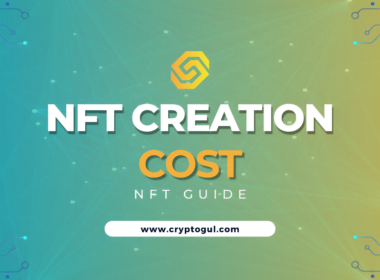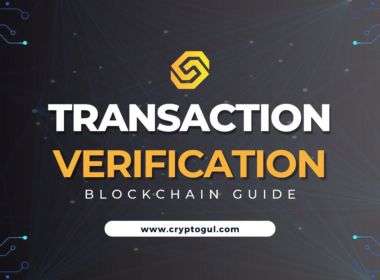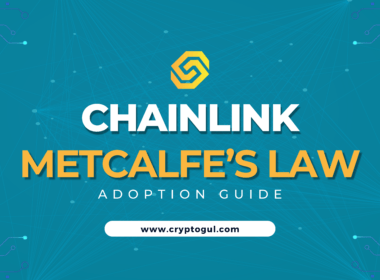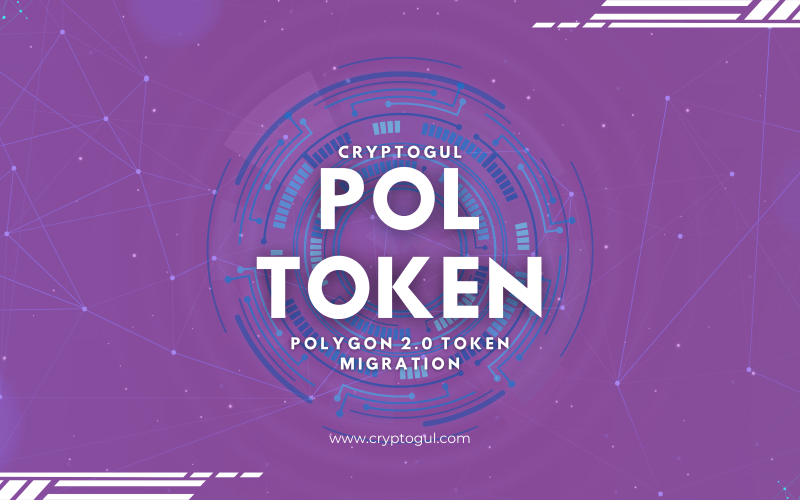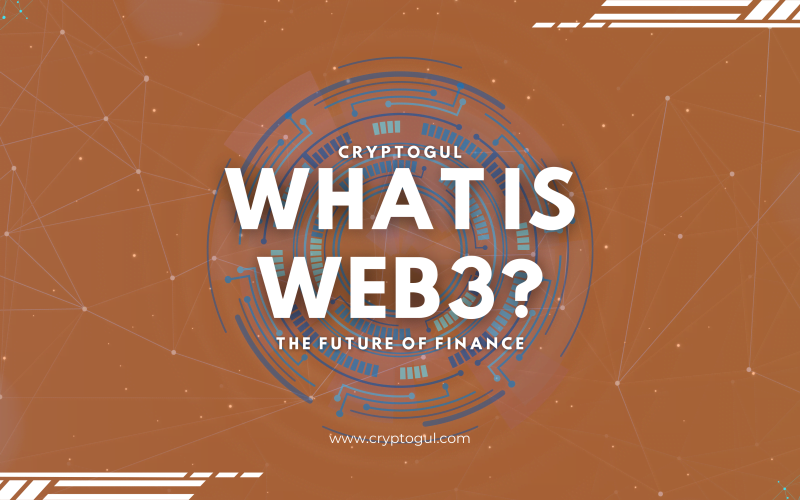The Polygon network, an influential player in the blockchain ecosystem, has taken a monumental step forward.
With the launch of the POL token contract on the Ethereum network, Polygon is paving the way for a future where its native token, POL, will eventually replace the existing MATIC token.
This strategic move is part of Polygon’s vision to enhance its vast ecosystem, integrating the latest blockchain technologies for a seamless user experience.
Key Takeaways
Introduction of POL Token: Polygon is launching a new native token, POL, which is set to eventually replace the existing MATIC token on the Ethereum network.
Transition from MATIC to POL: The transition process from MATIC to POL is planned to be smooth, ensuring that current MATIC holders can convert their holdings to the new POL token without disruption.
Deflationary Aspects: Polygon’s crypto model, especially with the introduction of POL, may exhibit deflationary characteristics due to mechanisms like token burning.
Utility and Governance: POL is designed to enhance utility within the ecosystem, offering broader applications such as governance participation and transaction processing.
Hyper Utility Token: POL is envisioned as a “hyper utility” token, providing multifaceted functions across the Polygon network, including transaction fees, governance, ecosystem security, and incentives for various activities.
Future-Proofing the Network: The introduction of POL is part of Polygon’s strategy to future-proof its ecosystem, incorporating advanced technologies for scalability and efficiency.
Polygon 2.0 and Supernet Structure: The launch of POL coincides with the unveiling of Polygon 2.0, featuring a Supernet structure that promises enhanced scalability and interoperability.
Polygon’s Role in Ethereum Ecosystem: Polygon continues to play a significant role in the Ethereum ecosystem, contributing as an effective scaling solution.
Overview of POL
POL, the new Polygon ecosystem token, symbolizes a significant leap in Polygon’s journey. As a native token, POL is set to play a pivotal role in the network’s operations, driving transaction fees, governance, and ecosystem security. The launch of POL reflects Polygon’s commitment to developing a robust and versatile blockchain network.

What Is The Polygon Ecosystem Token (POL)?
The Polygon ecosystem token (POL) is designed to function as the backbone of the Polygon network. Unlike the existing MATIC token, POL aims to offer broader utility across multiple chains within the Polygon ecosystem.
Its introduction is a testament to Polygon’s commitment to expanding and enhancing its blockchain network.
Utility of POL
POL token’s utility extends beyond basic transactional functions. It’s engineered to incentivize participation across the ecosystem, offering rewards to users who engage with various aspects of the ecosystem.
This includes participating in governance, contributing to security, and more. The Polygon team envisions POL with these multiple types of utilities, driving engagement and growth within the network.
Its primary utility lies in its proof of stake and facilitating transactions, but it also plays a critical role in ecosystem governance. By holding POL tokens, members of the Polygon community can participate in decision-making processes, influencing the future direction.

Future-Proof Ecosystem
Polygon’s introduction of POL is a significant step towards creating a future-proof blockchain ecosystem. This forward-thinking strategy is centered around building infrastructure that is not only resilient to the rapidly evolving technological landscape but also adaptable to future demands and challenges in the blockchain space.
Embracing Cutting-Edge Technologies
At the heart of Polygon’s future-proofing efforts is the adoption of cutting-edge technologies. The network is integrating advancements like zero-knowledge (ZK) proofs, which provide enhanced privacy and scalability. This technology positions Polygon as a leader in blockchain innovation, ready to adapt to new trends and user needs.

Scalability and Interoperability
A key aspect of future-proofing the ecosystem is its focus on scalability and interoperability. With the transition to Polygon 2.0 and the implementation of the Supernet structure, is set to handle a significantly higher volume of transactions.
This scalability is crucial for supporting a growing and unlimited number of dApps and services. Additionally, the POL token will play a pivotal role in ensuring seamless interoperability not just within the Polygon ecosystem but also with the wider Ethereum network and other blockchain platforms.
Sustainable and Eco-friendly Practices
Sustainability is another cornerstone of Polygon’s vision for a future-proof ecosystem. They is making strides towards eco-friendly practices, including energy-efficient consensus mechanisms and initiatives to offset its carbon footprint.
This commitment to sustainability not only enhances the network’s appeal to environmentally-conscious users and developers but also aligns with global trends towards greener technologies.
Community-Centric Development
Polygon recognizes that a truly future-proof ecosystem is built not just on technology but also on strong community foundations. They are fostering an inclusive and engaged community, where feedback and participation shape its development. By involving the community in governance and decision-making processes through POL, Polygon ensures that its evolution is aligned with the needs and expectations of its users.
Regular Updates and Innovations
Lastly, Polygon commits to regular updates and continuous innovation. By staying ahead of technological advancements and industry trends, and regularly updating its systems and protocols, Polygon ensures that its ecosystem remains relevant, secure, and efficient in the long run.
In summary, Polygon’s approach to creating a future-proof ecosystem is multi-faceted, encompassing technological advancements, scalability, sustainability, community engagement, and continuous innovation.
What Happens To The MATIC token?
With the introduction of the POL, questions arise about the future of MATIC. The team has outlined a detailed transition plan where it will gradually be phased out and replaced by POL.
This process is designed to be smooth and seamless, ensuring minimal disruption to existing users of the network.
MATIC Token: The Road Ahead
As Polygon embarks on this new journey with POL, the existing holders are assured a smooth transition. The Polygon team is committed to ensuring that no community members are left behind in this evolution.
Detailed plans are in place to facilitate the conversion native tokens from MATIC to POL, ensuring that the community remains integral to the network’s growth and success.
Market and Economic Implications
The shift from MATIC to POL is anticipated to have significant market and economic implications. Investors and users of the Polygon network can expect a period of adjustment as the market adapts to the new token.
The long-term economic prospects of POL will depend on its adoption rate, the successful integration into existing systems, and its overall impact on the network’s efficiency.
Polygon’s strategic approach towards this transition is aimed at minimizing market disruptions and ensuring a stable economic environment for the new token.
Polygon 2.0 Supernet Structure
The launch of POL coincides with the unveiling of Polygon 2.0, a revamped version of the network featuring a Supernet structure. This new framework is set to revolutionize the way blockchain networks operate, offering enhanced scalability and interoperability across multiple chains within a single chain of the Polygon ecosystem.
The Staking Layer of the internet
Polygon’s ambition extends to becoming the staking layer of the internet. With its advanced POS network, Polygon aims to offer a secure and efficient platform for staking activities.
The POL token plays a crucial role in this vision, providing additional incentives and rewards for staking within the Polygon ecosystem.
The Future of Staking on Polygon
Staking has always been a cornerstone of Polygon, and with the introduction of POL, this aspect of polygon chains is set to become even more robust.
The new staking layer of the internet, powered by Polygon, will offer enhanced rewards, improved security, and greater accessibility. This positions Polygon as a go-to platform for users looking to earn additional rewards through staking activities.
Driving Innovation with POL Token
The introduction of POL is more than just a currency change; it’s a strategic upgrade in Polygon’s tokenomics. This new native token is set to drive innovation and efficiency within the ecosystem.
By leveraging POL, Polygon aims to optimize fees, enhance the staking layer, and provide a more flexible framework for decentralized applications.
POL Token: A Catalyst for the Polygon Ecosystem
The integration of POL into the Polygon ecosystem is expected to act as a catalyst for growth and expansion. This new token is designed to meet the demands of an ever-evolving market, ensuring that Polygon remains competitive and relevant in the broader Ethereum ecosystem.
With its multi-chain system, Polygon continues to position itself as a leading player in the blockchain space.
Benefits of POL Token for Users
The introduction of the POL token brings a myriad of benefits to users and developers within the Polygon ecosystem. This includes reduced fees, increased efficiency, and enhanced security measures.
Additionally, POL holders will have a more significant say in governance decisions, influencing the network’s future direction.
For developers, the token offers a more stable and scalable environment for building decentralized applications, fostering innovation mass adoption and growth.
The Ethereum Network and Polygon’s Role
Polygon’s launch of this marks a significant evolution in its relationship with the Ethereum network.
While continuing to provide an efficient scaling solution, Polygon’s new developments are poised to offer enhanced interoperability and contribute to the Ethereum ecosystem’s overall growth.
It’s set to streamline transactions and governance on Polygon, further solidifying its role as a vital component of the Ethereum landscape.
This synergy between Polygon and Ethereum ensures a stronger, more versatile blockchain environment for users and developers alike.

Transitioning to Polygon 2.0 with POL
The transition from MATIC to POL represents a leap in Polygon’s technological evolution. This shift is not just a token replacement but an upgrade to the network’s infrastructure, enhancing its scalability, security, and overall performance.
Polygon 2.0, powered by the POL token, will introduce new features and capabilities, setting a new standard for blockchain networks.
This technological evolution is designed to meet the growing demands of the blockchain industry, ensuring Polygon remains at the forefront of innovation.
The Polygon 2.0 Supernet structure, with its enhanced capabilities, is set to redefine the way blockchain networks operate, offering unprecedented levels of efficiency and scalability.
Conclusion: A New Era for Polygon
The launch of the POL token marks the beginning of a new era for Polygon. This strategic move is more than just a token swap; it’s a comprehensive upgrade of the entire Polygon ecosystem.
With a focus on future-proofing the network, enhancing user experience, and driving innovation, Polygon is set to continue its trajectory as a leading blockchain platform.
As the Polygon community embraces POL, the network is poised for greater heights, cementing its place in the blockchain world.
FAQ Section
What is Polygon tokenomics?
Polygon tokenomics refers to the economic model governing the distribution, usage, and management of Polygon’s native tokens. It encompasses aspects like supply mechanisms, staking rewards, fees, and governance participation in native assets.
Does Polygon have a limited supply?
Yes, Polygon has a limited supply for its native tokens. This cap ensures scarcity and helps in maintaining the value of the tokens over time.
Is Polygon crypto deflationary?
Polygon’s crypto model can exhibit deflationary characteristics, especially when mechanisms like token burning (where a portion of transaction fees are destroyed) are in place. This reduces the overall supply, potentially increasing the token’s value.
Is Polygon Matic inflationary?
Initially, Polygon’s MATIC token had an inflationary model to incentivize network validators and participants. However, this can change over time based on governance decisions and tokenomics adjustments.
What is the new Pol token in Polygon?
The new POL token in Polygon is envisioned as a replacement for the MATIC token. It’s designed to offer broader utility within the ecosystem and possibly incorporate advanced features like improved governance and staking mechanisms.
What happens to Matic after Pol?
After the introduction of POL, MATIC tokens are expected to be gradually phased out or converted into POL tokens. This transition is designed to be seamless for MATIC holders, ensuring their stakes and interests are preserved.
Will Matic convert to Pol?
Yes, it is expected that MATIC tokens will convert to POL tokens as part of the transition to the new token system within the Polygon network. Details of this conversion process would be provided by the Polygon team to ensure a smooth transition.
Is Polygon an ERC-20 token?
Yes, Polygon’s MATIC token is an ERC-20 token, meaning it’s built on and compatible with the Ethereum blockchain. ERC-20 is a standard used for creating and issuing smart contracts on the Ethereum blockchain.


